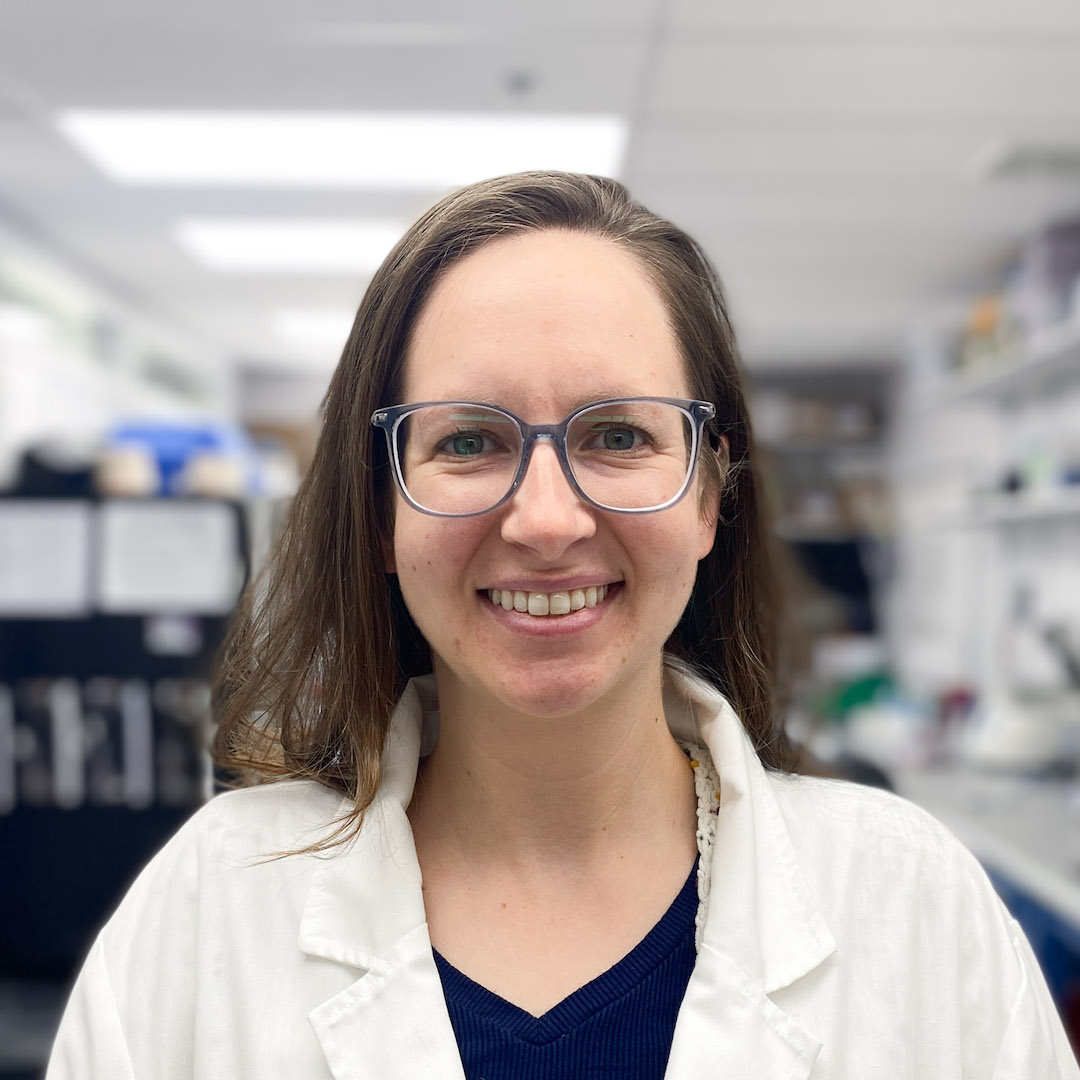Written by Rachel Kennel, DeNovix Application Scientist
The measurement of optical density (OD) at 600 nm is a common spectrophotometric method to determine the density of a bacterial or yeast culture, commonly during phases of bacterial or yeast growth. An OD600 measurement is a quick and convenient way to determine density for cells, which are often single-celled, too small and motile to count using typical image-based microscopic methods.
A target OD600 value matching an expected density for particular cell types can be established to streamline future measurements of the same sample type. This is a simple method for microbiology labs to check and maintain their samples throughout various stages of cell growth, including the lag phase, log phase (also known as the exponential phase), and stationary phase of the cell cycle.
Understanding the Current Limitations of OD Measurement
While a spectrophotometer is a good tool for this measurement, OD is actually a measure of light scattering rather than true absorbance. As such, the measured OD is affected by factors such as the size and shape of the cell type, sample viability or growth phase, the optical configuration of the spectrophotometer, and the linear range of the spectrometer.
In order to account for the factors that affect measured OD, it is recommended that target OD600 values be empirically determined according to growth curves. The growth curve is created by correlating measured OD600 values with colony forming unit (CFU) plate counts for each cell type.
Once a growth curve has been established and a target OD for a cell type has been determined, it can be useful to make use of a conversion factor between measurement modes or spectrophotometers using different optical configurations. For example, the DS-11 Series Spectrophotometer microvolume mode utilizes a different optical configuration than the DS-11 Series cuvette mode, and as a result will detect different light scattering for a sample measured in both modes.
A conversion factor is useful in this case and when using different makes or models of spectrophotometers. The factor is calculated as shown below:
Calculating a conversion factor can be especially useful in the case mentioned above when switching between DS-11 Series microvolume and cuvette modes. The linear range of cuvette-based instruments is generally limited at the upper end to around 1.5 Absorbance Units (AU) for the pathlength measured. This may not be high enough to cover the growth cycle of a given sample and may not be linear with growth.
The microvolume mode utilizes a shorter pathlength and can therefore more accurately measure denser samples without the need for dilutions. This allows better tracking of exponential growth, the production of daughter cells, and overall cell division, especially in growing bacterial populations and bacterial colonies under various environmental conditions.
Interested in Quick and Easy Cell Density Measurements?
The DS-11 Series Spectrophotometer includes a dedicated OD600 application with a cell number calculation for measured OD. The user can enter a cell number multiplication factor that will calculate an approximate cells/mL concentration on the measurement screen, which eliminates the need for an extra calculation step following a measurement.
For more information about OD600 measurements on DS-11 Series Spectrophotometers, read Technical Note 168.

Rachel Kennel
DeNovix Application Scientist
Rachel has been a part of the DeNovix team since 2015. She graduated from the University of Delaware with a Bachelor’s Degree in Chemical Engineering. At DeNovix, Rachel contributes to applications and technical support with expertise in spectrophotometry, microscopy, biomedical sciences, and materials science. When she’s not working, she enjoys hiking, reading, and training her dog.
Speak to a DeNovix Scientist
Have an application question, or want to learn more about our products? Click the button below to schedule a call with our team of expert application scientists!




